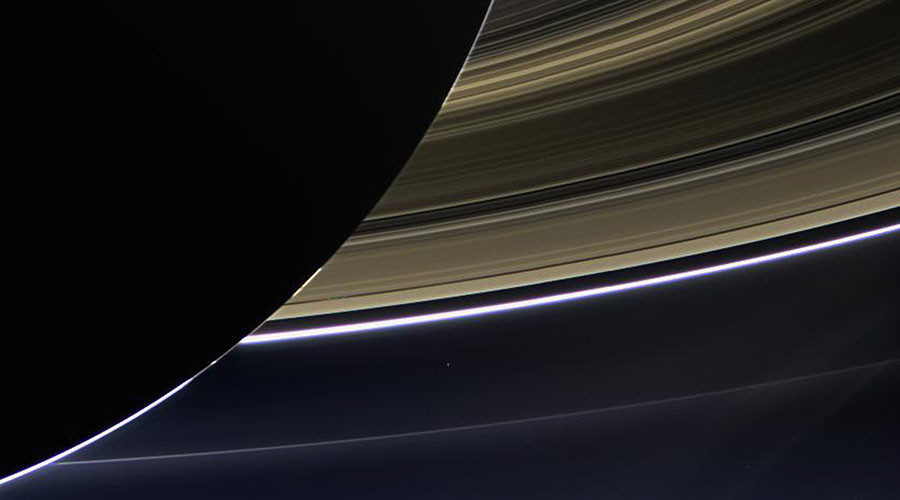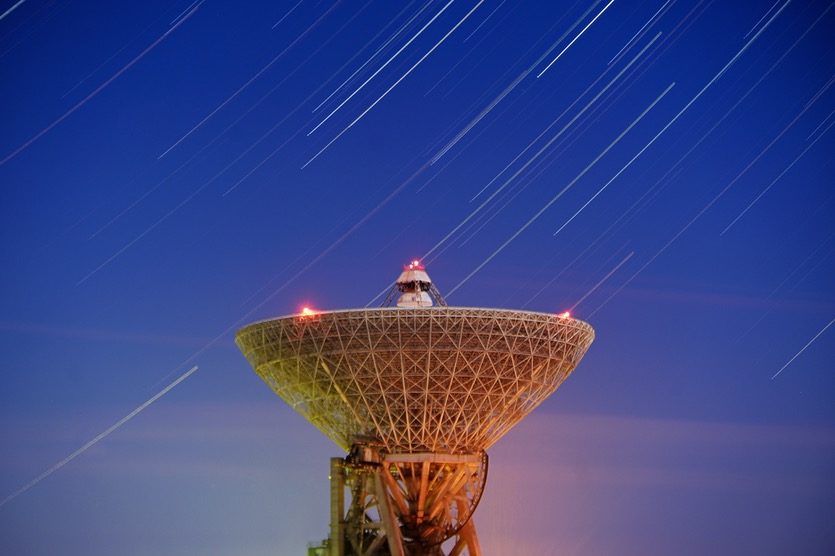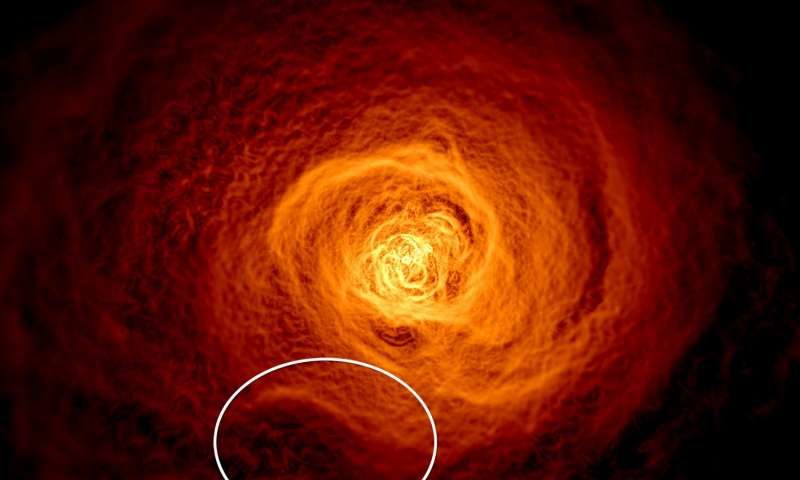
© Jason Houston The area where Peru’s Manú River flows today may have once been covered by a shallow sea.
The Amazon rainforest is a treasure trove of biodiversity, containing 10% of the planet's species in its 6.7 million square kilometers. How it got to be that way
has been fiercely disputed for decades.
Now, a new study suggests that a large section of the forest was twice flooded by the Caribbean Sea more than 10 million years ago, creating a short-lived inland sea that jump-started the evolution of new species. But the new evidence still hasn't convinced scientists on the other side of the debate.
"It's hard to imagine a process that would cover such a large forest with an ocean," says lead author Carlos Jaramillo, a paleontologist at the Smithsonian Tropical Research Institute in Panama City who has been in both camps.
Researchers generally agree that parts of the Amazon were once under water, but they don't agree on where the water came from. Those in the "river camp" argue that freshwater streaming down from the rising Andes sliced up the land below, dividing plants and animals into isolated groups that later turned into new species. The fast-growing mountains also created microclimates at different elevations, sparking speciation and funneling new plants and animals into the Amazon basin. However, when marine microorganisms were discovered in Amazonian sediments in the 1990s, some scientists hypothesized that the forest was once inundated by an ocean, which created new species as forest dwellers quickly adapted to the flood.
But proving either case—the river view or the ocean view—is tough. Rocks and fossils that could paint a definitive picture are exceedingly rare. So Jaramillo and his colleagues turned to a different kind of data: cores drilled into the jungle floor. Six centimeters wide and 600 meters deep, the cylindrical cores preserve a record of the region's past environments in the form of pollen, fossils, and sediments, going back tens of millions of years. Jaramillo used two cores: one from eastern Colombia, drilled by an oil company, and one from northeastern Brazil, taken by the Brazilian Geology Survey in the 1980s.




Comment: